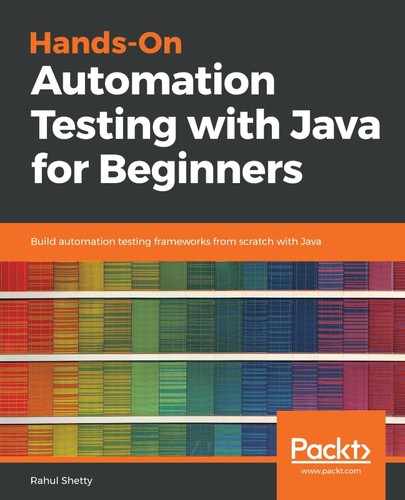In the previous section, we saw how to declare an array; the simplest way is in the form of an array literal. Let's explain this with an example.
We declare another array by typing the following code line in the previous example:
int b[] = {1,4,3,5,7,8};
What is the difference between the declaration in the previous example and the declaration that we are performing in this example?
In the previous example, we are allocating memory and then assigning the values. In this example, rather than allocating the memory, we are directly passing the values to the array. Here, memory is dynamically allocated, if we add a value in the array declaration, automatically a memory will be allocated and the value will be passed into it. In most cases, coders use this method to declare array values, rather than declaring the allocation and then assigning the values.
Similar to the previous example, the first value is assigned to index 0. If we write a print statement similar to the previous example and run the code, we will see the values of the b array displayed.
That wraps up single-dimensional arrays; let's talk about multidimensional arrays.
